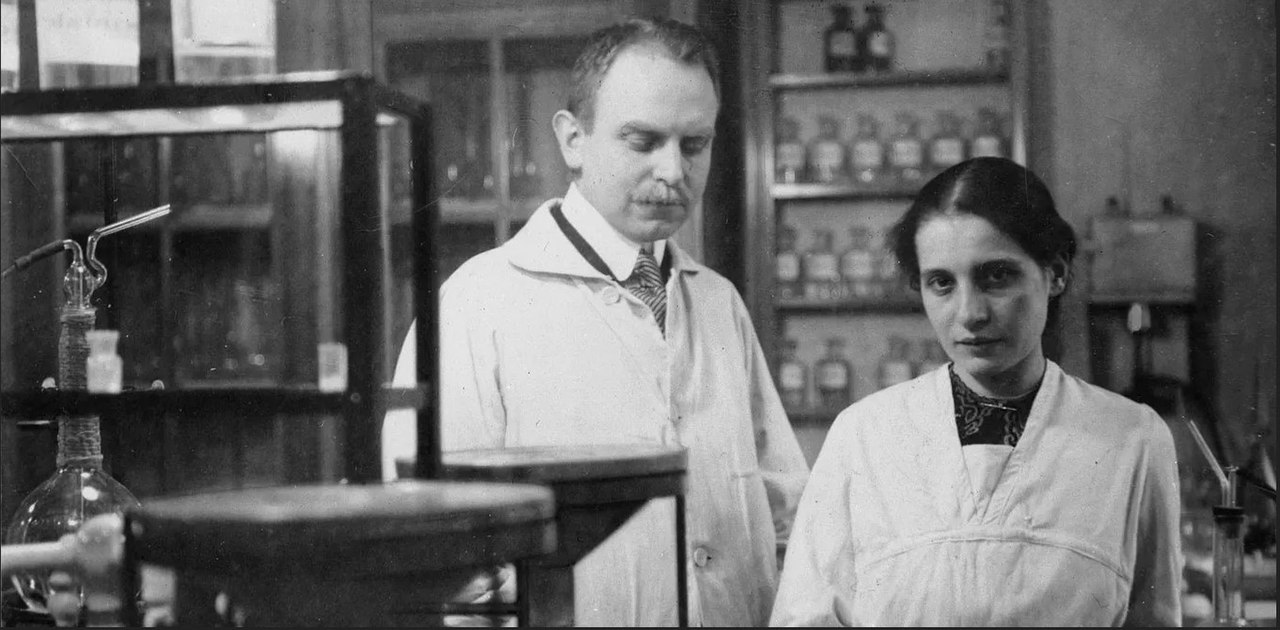Lise Meitner was one of the most significant physicists of the 20th century, a brilliant mind whose crucial contribution to the discovery of nuclear fission was overlooked for decades. Her story is one of extraordinary scientific achievement against a backdrop of gender discrimination, political upheaval, and the shadow of World War II.
Early life and education
Born on 7 November 1878 in Vienna, Austria-Hungary, Meitner grew up in a Jewish family that valued education. However, as a woman in late 19th-century Europe, her path to scientific education was far from straightforward. When she completed her secondary education at age 14, women were not allowed to attend universities in Austria. Undeterred, she obtained private tutoring and eventually, when restrictions were lifted in 1901, enrolled at the University of Vienna.
In Vienna, Meitner studied physics under the renowned Ludwig Boltzmann, earning her doctorate in 1906 with a dissertation on heat conduction. She was only the second woman to receive a doctorate in physics from the University of Vienna.
Berlin and collaboration with Otto Hahn
In 1907, Meitner moved to Berlin to study under Max Planck, one of the founders of quantum theory. There, she met chemist Otto Hahn, beginning one of history’s most productive scientific partnerships. They would collaborate for 30 years at the Kaiser Wilhelm Institute for Chemistry.
Their early work included the discovery of protactinium in 1917. Despite working as equals, societal biases were evident – Meitner initially had to work in a converted carpentry shop when she first arrived in Berlin because women weren’t allowed in the main laboratories.
The discovery of nuclear fission

Public domain, via Wikimedia Commons
The most significant work of Meitner’s career came in the late 1930s. By then, she had become the head of the physics department at the Kaiser Wilhelm Institute, but her position became precarious with the rise of Nazi Germany. In 1938, following the annexation of Austria, Meitner’s Austrian citizenship offered no protection under the Nazi racial laws. At 59 years old, she fled Germany with just two small suitcases, eventually settling in Sweden.
From exile, she continued to correspond with Hahn. In December 1938, Hahn and his assistant Fritz Strassmann conducted experiments bombarding uranium with neutrons. Hahn wrote to Meitner describing puzzling results – they had expected to create elements heavier than uranium but instead found much lighter elements, particularly barium.
During a Christmas holiday in Sweden with her nephew Otto Frisch, also a physicist, Meitner had her breakthrough. Walking in the snow, she and Frisch realised what was happening: the uranium nucleus was splitting. Using Niels Bohr’s liquid-drop model of the nucleus, they calculated that the process would release enormous energy. Meitner provided the theoretical explanation for what Hahn had observed experimentally – nuclear fission had been discovered.
Frisch and Meitner published their analysis in February 1939 in the journal Nature, but by then, Hahn had already published the experimental results without including Meitner as a co-author.
The Nobel Prize controversy
In 1944, Otto Hahn was awarded the Nobel Prize in Chemistry for the discovery of nuclear fission. Lise Meitner was not included. This omission is considered one of the most significant oversights in Nobel Prize history.
Several factors contributed to this injustice:
- Meitner was in exile when the crucial experiments were performed
- The experimental work was published solely under Hahn’s name
- The Nobel Committee may have been reluctant to recognise theoretical contributions
- Gender and ethnic bias likely played a significant role
- Political considerations during World War II complicated the situation
Later recognition
Meitner continued her scientific work in Sweden, eventually becoming a Swedish citizen. Though the Nobel Prize eluded her, she did receive other significant recognition later in life:
- The Enrico Fermi Award (1966), shared with Hahn and Strassmann
- Several elements were proposed to be named after her (though none ultimately were)
- Element 109, meitnerium, was named in her honour in 1997, decades after her death
- Multiple institutes, prizes, and craters on the Moon and Venus bear her name
- In 1992, 44 years after the Nobel controversy, the University of Vienna posthumously honoured Meitner by naming a crater on the moon after her
However, full recognition of her contributions came mainly after her death. It took approximately 60 years from the discovery of nuclear fission for the scientific community to fully acknowledge the extent and importance of Meitner’s work.
Final years
Despite the lack of recognition, Meitner maintained her dignity and scientific integrity. She continued working into her 80s. When asked why she never spoke bitterly about the Nobel Prize omission, she reportedly said: “You must not be angry with people when they simply don’t understand certain things.”
Lise Meitner died on 27 October 1968, just shy of her 90th birthday. Her epitaph, chosen by her nephew Otto Frisch, reads: “Lise Meitner: a physicist who never lost her humanity.”
Legacy
Meitner’s story highlights the triumph of scientific inquiry and the failures of recognition systems in science. Although she lived to see the atomic age that her discovery helped usher in, she refused to work on the Manhattan Project, stating firmly: “I will have nothing to do with a bomb.”
Her life exemplifies resilience, intellectual brilliance, and moral courage. When Einstein called her “our Marie Curie,” he recognised what many of her contemporaries failed to see – that Lise Meitner’s contributions to physics were transformative, regardless of gender or circumstances. As science continues to reckon with its history, Meitner’s legacy serves as both inspiration and a cautionary tale about who receives credit for revolutionary discoveries and why.






Leave a Reply